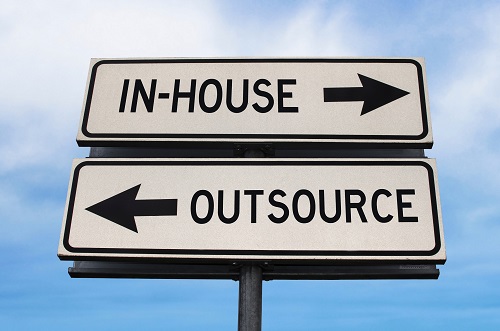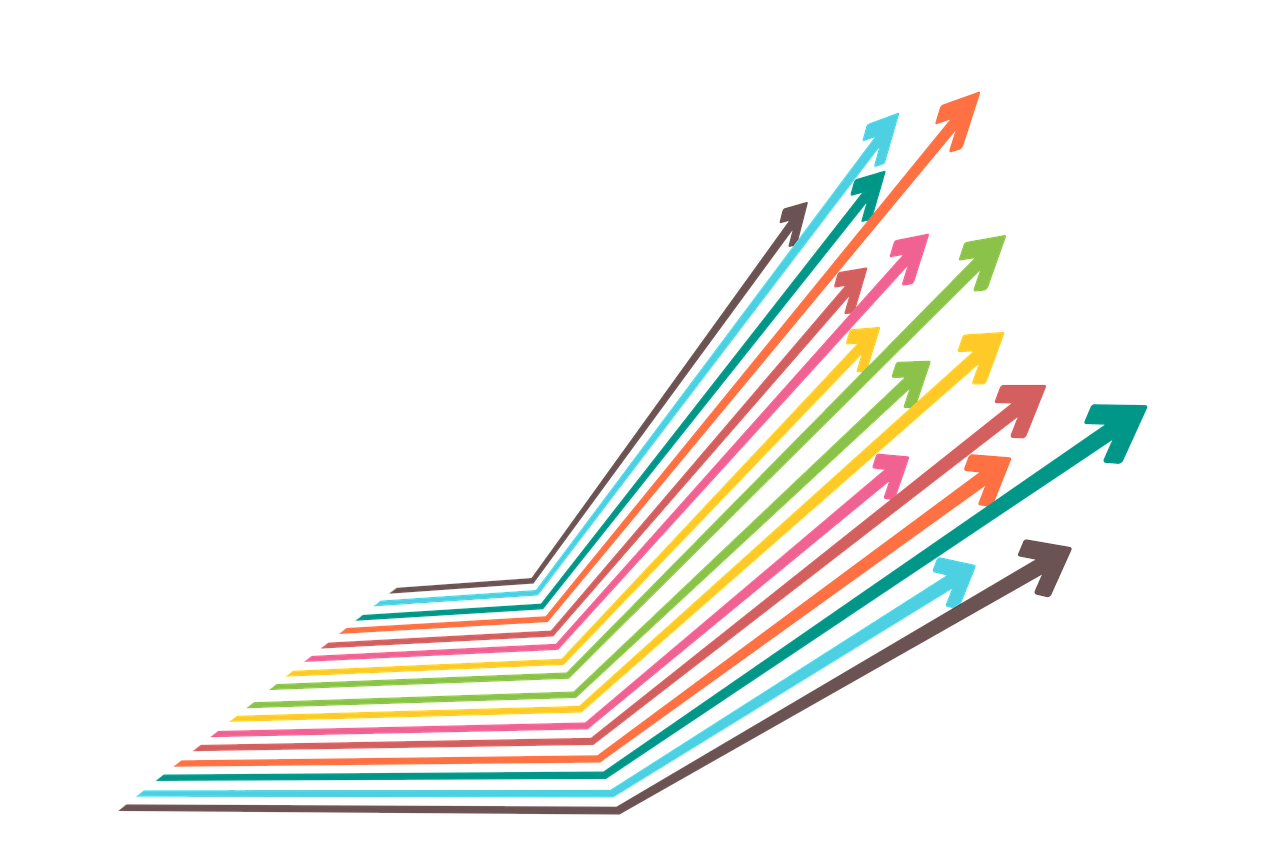Establish an experienced and effective team for lead development and qualification and you open the door to conversion after conversion says Sheila Hathaway, Vice President of Telemarketing Operations for MarketOne Americas.
While sales development and lead conversion are acknowledged as the catalysts to the growth of any organization, it’s often not that simple. The B2B buyer journey is more complex than ever with an average of seven decision-makers involved in the buying process and 50 to 90% of the journey complete before a buyer even wants to have a sales conversation. Simply acquiring leads is not enough – on average, 80% of leads never translate to sales [Invespro].
Yet without sales development, you’re sending fresh leads to the sales team without finding out if they’re your ideal buyer. A good sales development team will take Marketing Qualified Leads (MQLs) and through researching the client profile, phone calls, emails, and personalized engagement, determine if they’re ready to talk to the sales team. They will also test and optimize the most effective messaging, build up a target list and build trust. Most sales development representatives (SDRs) spend around three hours a day on research, freeing up your sales team to do what they do best and close deals.
But while you might recognize the need for sales development, should you build a team of SDRs in-house or outsource to a trusted third-party? The answer depends on the best fit for your business model, product or service and cold outreach approach.
“On average, 80% of leads never translate to sales”
The benefits of an in-house Sales Development team
An in-house team has the advantage of greater visibility – your sales strategy, production, reporting and team training and management are all handled by internal stakeholders. You can hand-pick your staff and structure your teams to suit your organization.
 Your internal SDR team will often be working more fluidly with the sales team too. In addition to outreach efforts through cold calls, emails, and possibly social media, and qualifying by identifying specific needs, responsibilities may well include helping with an event, calendaring meetings, attending sales pitches and meetings, working on quarterly and monthly reporting, as well as pricing products and services.
Your internal SDR team will often be working more fluidly with the sales team too. In addition to outreach efforts through cold calls, emails, and possibly social media, and qualifying by identifying specific needs, responsibilities may well include helping with an event, calendaring meetings, attending sales pitches and meetings, working on quarterly and monthly reporting, as well as pricing products and services.
The downside of this fluidity is that Sales Development Representatives (SDRs) can often be bouncing all over the place and there’s often no rigor and protocol to the qualifying process or outbound approach, with sales even demanding their attention and dictating who to call. Internal SDRs often do whatever they want because there’s not enough alignment to stop them, and this can divert focus away from the core task of lead qualification.
If you are a business with long sales cycles and particularly technical products or services, you may want an internal team who is able to sell across the length and breadth of your catalog. An outsourced team is mainly used for opportunity development and to drill into buyer need and sales opportunity. Outsourced teams, given enough time, can have a very high-level conversation about product but can’t give advice or recommend products in detail, which is what an internal SDR team can do.
Why outsource Sales Development (or go hybrid)?
“The average SDR performs 94.4 activities per day”
Outsourcing sales development (or even having a hybrid external / internal SDR team) is often a better option for B2B businesses to increase lead generation and conversions without the hassle of onboarding and the cost of running a team. Here are a few reasons why outsourcing could work better:
- An outsourced SDR team sits outside the organization’s politics and is free from internal distractions. It’s really an inside team focused on either qualifying those leads or filling that cold outbound pipeline. An outsourced team will seldom give pricing, they’re not going to be involved in internal meetings – they are completely focused on developing qualified leads and handing them over to sales.
- Save time and resources, freeing up sales. Sales development requires research to find and qualify sales-ready leads, which takes time and effort – according to research, the average SDR performs 94.4 activities per day (Salesforlife.com). Outsourced teams use their time to solely focus on building a relationship with the prospect, rather than the account and the client, freeing up sales teams to do what they do best – convert.
- Utilize for a specified or limited duration on demand. An external SDR team is also available as a short-term resource or as a long-term partner. Perhaps you only need an SDR team for a short period to call a specified list of contacts, or fill a staffing gap while you rebuild a team or fill an open position. Often, the same team, over time, can become an inside sales partner and work on a deep level for sustained sales and growth. You can replace one SDR with another or, if performance is good, consider adding another team. Outsourced SDR team capacity can also be varied on demand. If there’s a quiet period, an external sales development partner can reduce team allocation as needed.
- Avoid high turnover and a lack of internal experience. Hiring for an in-house SDR team can be problematic. Often an SDR role is considered a launchpad to a career in sales so turnover can be high. You may also find the level of experience you’re after hard to find. According to Hubspot, the average Sales Development Representative (SDR) hire comes with less than 12 months experience and an average tenure of under 15 months (including onboarding). This constant turnover of good people and attrition to sales is not your problem if the team is outsourced. It becomes the agency’s responsibility to hire, manage, run and maintain the overall performance of the team.
- You can build an experienced team quickly. An external sales development partner brings a wealth of experience that would take a long time for a newly established team to build up (at MarketOne we can typically get people on the phones within 72 hours of the first training session). Got incomplete or duplicate target lists or a lack of alignment with sales on a lead definition? They’ve probably solved a similar pain point for another client and can bring this knowledge to you. An outsourced SD team knows already which tools to use for messaging, which service to use for acquiring leads or finding data and which sales techniques work best for your target audience.
- Data issues can be dealt with by the outsourced team. Dealing with the ebbs and flows in data can be disruptive, which is a problem for an internal sales team as they may stop calling all the leads coming in while the data is being fixed, leading to tension between sales and SDRs and potential lost opportunities. An outsourced team can be proactive about a new list that doesn’t seem to be performing well, or perhaps doesn’t have the contact title the client is interested in. They can also be strategic, helping the client analyze it and make recommendations.
- Outsourcing Sales Development can make considerable cost savings. Saving money is the primary reason for outsourcing according to research by Hubspot. You can outsource an SD team for a fraction of the cost of hiring an internal team. Job sites Glassdoor, AngelList and Indeed suggest an average annual SDR base salary ranges from $47.8 to $62K, which doesn’t include the cost of hiring, training, software and equipment which can amount to up to 25% of salary. Consider the hidden costs of management time, money, admin and resources and you’re already into six figures.
- The burden of delivering on ROI rests with the outsourced SDR partner who comes with their already trained sales professionals, internal management, and quality assurance team, as well as access to software and experience. Delivery is no longer your responsibility as ROI sits with the agency to make sure they meet your business needs.
Outsourcing sales development needs to be the right fit for your business, but it can add experience and innovation at a lower cost than setting up a team in-house, with fewer headaches too. Trusting an external partner to represent your company, share your message, your product or service and educate your prospects can feel daunting but done right the benefits outweigh the risks. Ultimately, outsourcing SDR needs can bring you peace of mind, flexibility and adherence to process.
Case study: Outsourced SDR delivers 44% SQL conversion rates for Amelia
Amelia, the global leader in conversational artificial intelligence, partnered with MarketOne America’s sales development team for support in qualifying leads through outreach efforts in HubSpot. Amelia was looking for a sales partner who could address core challenges of an insufficient lead volume, a need to reduce costs and lack of adherence to lead management protocols.
MarketOne worked closely with Amelia, who were committed to an open feedback loop, and together evolved lead qualification and gathered intelligence so that MarketOne moved from the target of improving conversions to an ABM 1:1 approach. MarketOne was able to transform sales development by adding a process and cadence that followed up on every lead so that the SQL rates dramatically improved.
Within the first quarter MarketOne hit a global MQL rate of 19% and SQL rate of 33% showing strong performance across all regions. With success in North America, in 2021 Amelia made the decision to take advantage of MarketOne’s global language capabilities and expand the team to include EMEA, APAC and ANZ.



